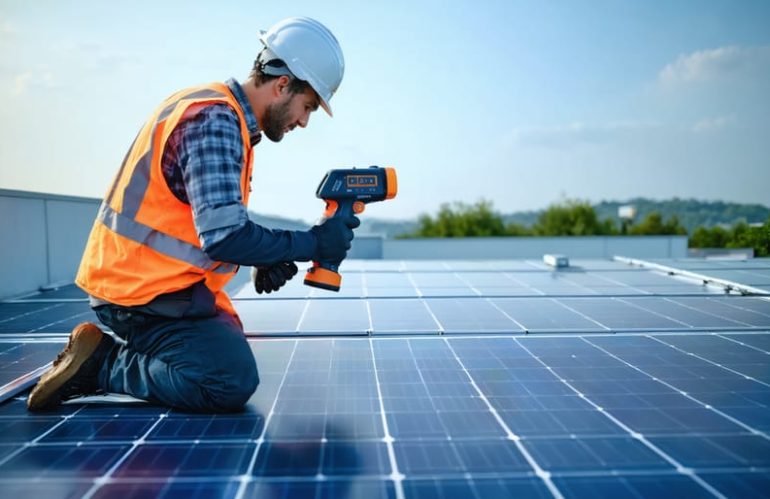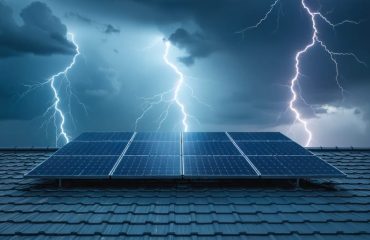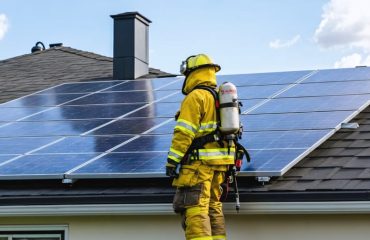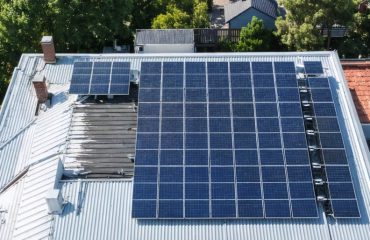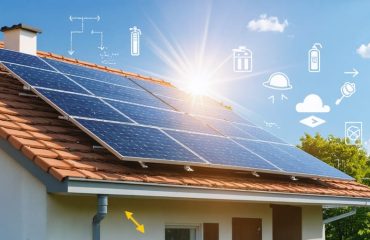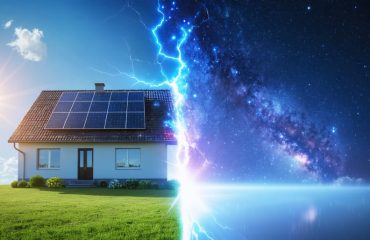Solar panel fires, while extremely rare, have captured public attention as more homeowners embrace renewable energy. Modern photovoltaic (PV) systems are engineered with multiple layers of safety features, making them statistically safer than traditional electrical systems in your home. Understanding the causes, prevention measures, and latest safety innovations empowers homeowners to maximize their solar investment while ensuring peace of mind.
The National Fire Protection Association reports that less than 0.006% of solar installations experience fire-related incidents, yet proper installation and maintenance remain crucial safeguards. Today’s PV systems incorporate advanced safety technologies, including rapid shutdown devices, arc-fault circuit interrupters, and smart monitoring systems that detect potential issues before they escalate. These innovations, combined with rigorous industry standards and certified installation practices, have revolutionized solar safety.
As we explore the essential aspects of PV fire safety, you’ll discover practical steps to protect your investment and ensure your solar system operates reliably for decades to come.
Understanding PV Fire Risks
Common Causes of PV Fires
While PV fires are rare, understanding their common causes helps homeowners take proper precautions. The most frequent cause is electrical faults, particularly in DC isolators and inverters. These components can develop loose connections over time, potentially leading to arc faults that generate excessive heat.
Poor installation practices also contribute significantly to fire risks. This includes improper wire management, incorrect component selection, or substandard mounting systems. When cables are poorly secured or crushed, they can develop hotspots that may eventually trigger a fire.
Environmental factors play a role too. Water ingress through damaged seals or poorly maintained roof penetrations can cause short circuits. Additionally, accumulated debris like leaves and twigs under panels can become potential fuel sources if electrical issues arise.
Age-related degradation of components is another consideration. Over time, exposure to weather elements can deteriorate wire insulation and connection points. Regular maintenance checks can identify these issues before they become hazardous.
The good news is that modern PV systems come with built-in safety features like rapid shutdown capabilities and arc fault detection, significantly reducing fire risks when properly maintained.
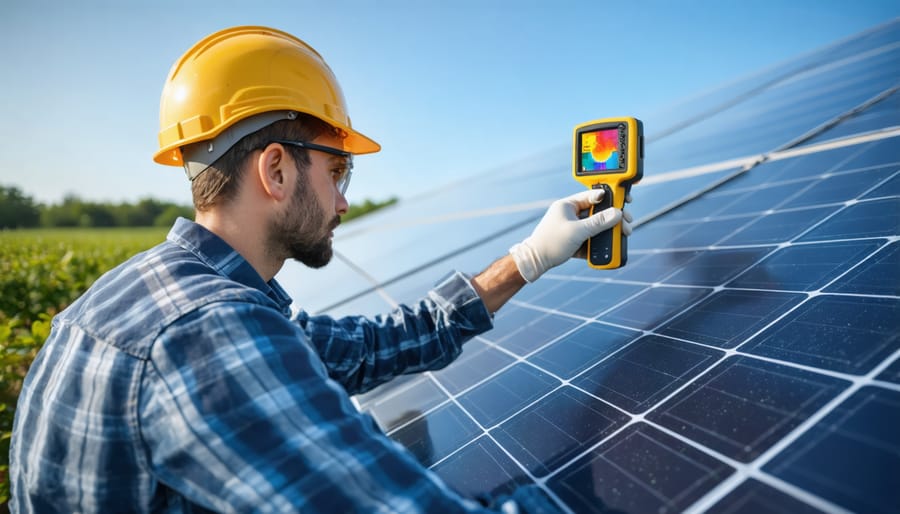
High-Risk Components
While solar panel systems are generally safe, certain components require special attention to ensure maximum fire safety. DC isolators, which act as safety switches, are crucial points that need regular inspection and maintenance. These components can deteriorate over time, especially when exposed to harsh weather conditions. Inverters, the heart of your solar system, should be installed in well-ventilated areas away from flammable materials. The wiring system, particularly the DC cables connecting your panels, needs proper installation with appropriate fire-resistant materials and regular checks for any signs of wear or damage. Professional installation and routine maintenance of these components significantly reduce any potential fire risks, ensuring your solar investment remains both safe and efficient.
Essential Prevention Measures
Professional Installation Standards
Professional installation of solar panels is crucial for ensuring both optimal performance and fire safety. Certified installers undergo rigorous training and stay updated with the latest safety standards and installation techniques. They understand the importance of proper wiring, grounding, and maintaining appropriate clearances between components.
A professional installation includes careful assessment of your roof’s structure, proper mounting techniques, and precise electrical connections. Certified installers follow strict codes and regulations, including the National Electrical Code (NEC) requirements specific to solar installations. They also ensure proper placement of rapid shutdown systems and other safety features that can prevent potential fire hazards.
Working with certified professionals gives you access to proper documentation, warranties, and ongoing support. They conduct thorough post-installation inspections and provide maintenance guidelines to ensure your system continues to operate safely. Many insurance companies and local authorities actually require professional installation to maintain coverage and comply with building codes.
Remember, while DIY projects can be tempting, solar installation isn’t the place to cut corners. The initial investment in professional installation is worth the peace of mind and long-term safety it provides.
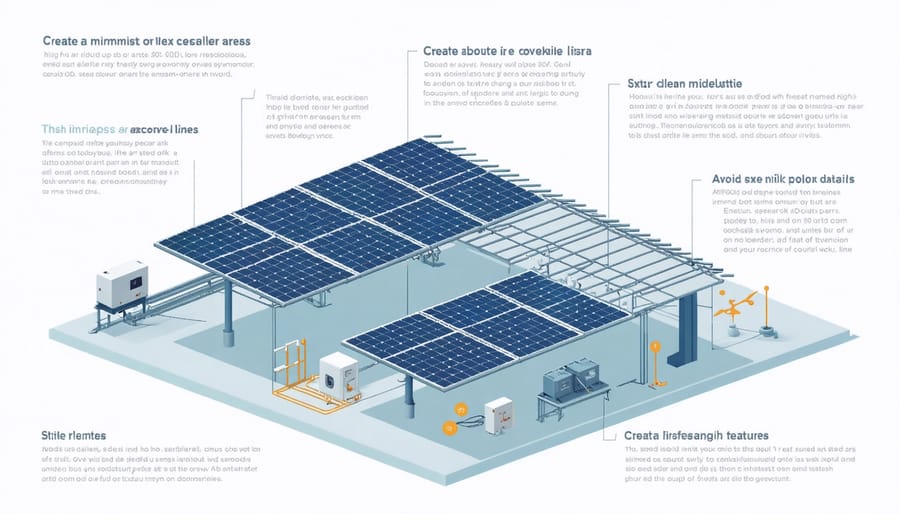
Safety Equipment Requirements
Modern solar installations require comprehensive safety equipment to protect your solar investment and ensure peace of mind. The essential components include rapid shutdown devices, which quickly de-energize your system in emergencies, and arc fault circuit interrupters that prevent dangerous electrical arcs.
Temperature monitoring systems continuously track heat levels across your installation, alerting you to potential issues before they become serious problems. Ground fault protection devices are also crucial, as they prevent electrical current from taking unsafe paths and reduce fire risks.
Smart monitoring systems provide real-time data about your system’s performance and safety status through user-friendly mobile apps. These systems can automatically alert both homeowners and installers if they detect any concerning patterns or malfunctions.
Quality DC isolators and properly rated circuit breakers are mandatory components that provide additional layers of protection. Weatherproof junction boxes and proper cable management systems help prevent water damage and ensure wires remain protected from environmental factors that could compromise safety.
Remember to work with certified installers who follow local building codes and use UL-listed components to ensure all safety equipment meets current standards.
Maintenance Best Practices
To ensure your solar installation remains safe and efficient, following proper regular maintenance procedures is essential. Schedule professional inspections at least once a year to check for loose connections, damaged wiring, or signs of wear. Keep your panels clean from debris and maintain clear access paths around your solar array. Regularly trim nearby trees and vegetation to prevent shading and potential fire hazards. Monitor your system’s performance through its monitoring app or interface, as unexpected changes could indicate issues requiring attention. Document all maintenance activities and keep records of inspections for warranty purposes. If you notice any unusual smells, sounds, or decreased performance, contact your solar provider immediately.
Modern Safety Technologies
Rapid Shutdown Systems
Modern solar installations come equipped with sophisticated emergency safety systems known as rapid shutdown systems. These devices automatically cut off power flow from your solar panels when needed, providing an essential layer of protection during emergencies.
The system works by reducing the voltage in your solar array to safe levels within seconds of activation. This quick response is crucial for firefighters and first responders, allowing them to work safely around your roof without risk of electrical shock. Most rapid shutdown systems can be triggered in multiple ways, including manual switches, automatic fire detection, or grid power loss.
Recent building codes require these systems in most areas, and they’ve become a standard safety feature in residential solar installations. The technology continues to evolve, with newer systems offering remote monitoring and smartphone controls. This gives homeowners peace of mind, knowing their solar installation includes modern safety features that protect both their property and emergency personnel.
For maximum effectiveness, rapid shutdown systems should be regularly maintained and tested as part of your solar system’s routine maintenance schedule.
Smart Monitoring Solutions
Modern smart monitoring systems are revolutionizing solar panel safety by providing real-time oversight of your PV installation. These intelligent systems continuously track vital parameters like voltage, current, and temperature across your solar array, instantly detecting any abnormal patterns that might indicate potential fire risks.
Most smart monitoring solutions now come with user-friendly mobile apps, allowing you to check your system’s status anytime, anywhere. When unusual activity is detected, these systems immediately send alerts to both homeowners and installation companies through text messages, emails, or push notifications, enabling quick response to potential issues.
Advanced monitoring systems can even automatically shut down specific panel sections or the entire system if they detect dangerous conditions, providing an extra layer of protection. Many also integrate with home automation systems and local fire departments, ensuring a coordinated response in case of emergencies.
Regular performance data from these monitoring systems helps identify maintenance needs before they become safety concerns, making them not just a safety feature but also a valuable tool for maintaining your solar investment’s efficiency and longevity.
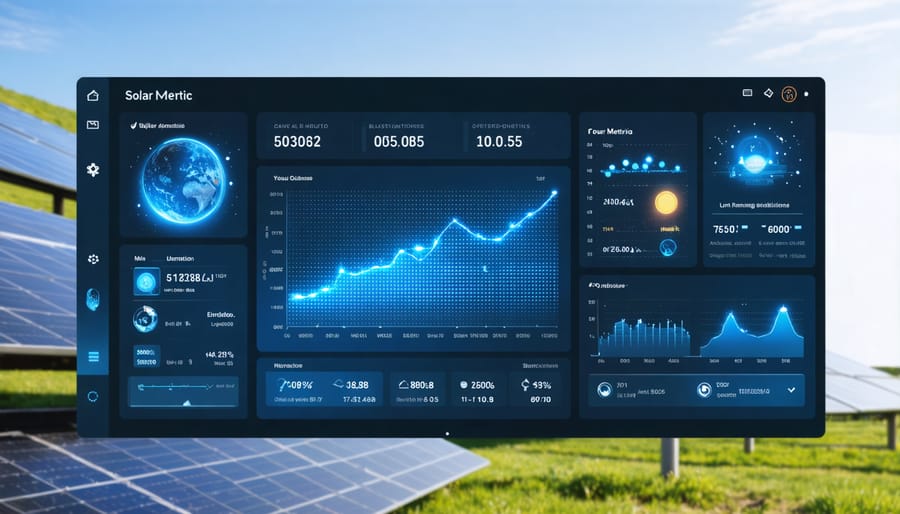
Homeowner’s Safety Checklist
Regular safety checks are essential for maintaining a secure solar panel system. Here’s a comprehensive checklist to help you protect your home and solar investment:
Monthly Visual Inspections:
• Check for any visible damage to panels, including cracks or discoloration
• Look for loose mounting hardware or shifting panels
• Ensure vegetation hasn’t grown too close to the installation
• Verify that warning labels and safety signage remain visible and legible
Quarterly Maintenance:
• Clean panels of debris, dust, and bird droppings
• Inspect wiring for signs of wear, damage, or pest activity
• Check that ventilation areas around panels remain unobstructed
• Review monitoring system data for any performance irregularities
Annual Professional Review:
• Schedule a certified solar technician inspection
• Have electrical connections tested and tightened
• Update emergency shutdown procedures if needed
• Review and update your home insurance coverage
Emergency Preparedness:
• Keep emergency shutdown instructions easily accessible
• Maintain clear access paths to disconnect switches
• Save your solar installer’s contact information
• Update your family’s fire evacuation plan to include solar considerations
Documentation:
• Keep installation certificates and warranties organized
• Maintain a log of all inspections and maintenance
• Document any system modifications or repairs
• Store digital copies of all solar system documentation
Remember to never attempt repairs yourself – always contact your certified installer for maintenance beyond basic cleaning and visual inspection. Following these guidelines helps ensure your solar system operates safely while protecting your investment.
While concerns about PV fire safety are understandable, modern solar installations are remarkably safe when properly installed and maintained. The key to ensuring your solar system’s safety lies in working with certified professionals who follow current safety codes and best practices. Regular maintenance checks, conducted annually by qualified technicians, can identify and address potential issues before they become problems.
Today’s solar panels come equipped with advanced safety features and shutdown mechanisms, making them safer than ever before. When combined with proper installation techniques and routine inspections, these systems pose minimal fire risk to your home. In fact, solar panels can actually provide an additional layer of protection for your roof by shielding it from the elements.
Remember that millions of homes worldwide safely operate solar systems, contributing to a cleaner environment while saving on energy costs. By choosing a reputable installer, following maintenance schedules, and keeping your system up to date, you can enjoy the benefits of solar power with confidence and peace of mind. The future of residential solar is bright, safe, and increasingly accessible to homeowners like you.

